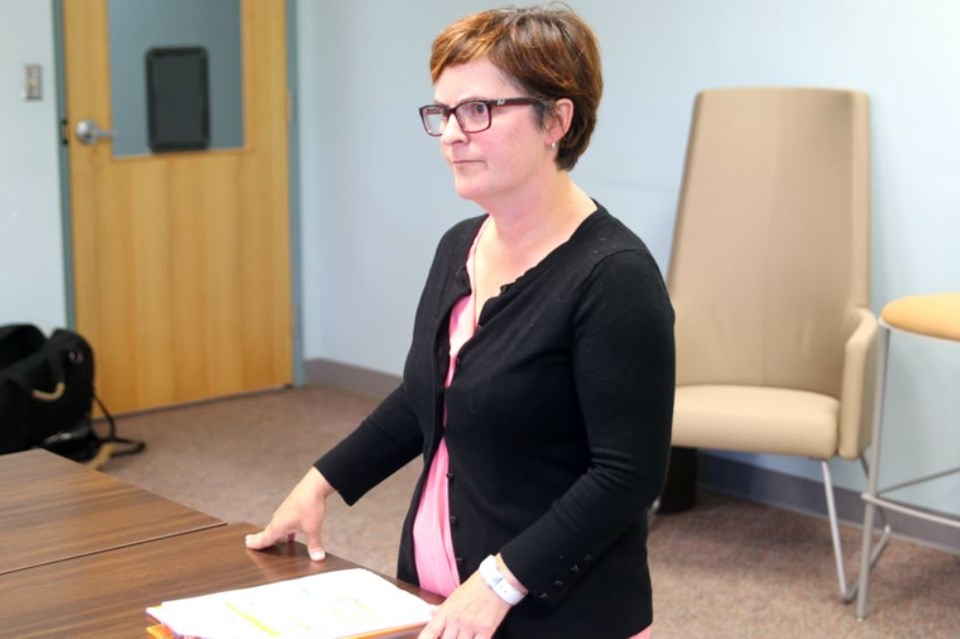THUNDER BAY – The youth of this region are drinking more alcohol and more often than youths living elsewhere in Ontario, and that’s caught the attention and concern of the district’s health unit.
The 2015 Ontario Student Drug Use and Health Survey shows that youth across Northern Ontario are more likely to drink alcohol and more likely to drink in hazardous or harmful ways.
“Compared to the rest of the province, these rates have consistently been higher than the rest of the province,” said Sheena Albanese, health promotion planner with the Thunder Bay District Health Unit.
“We know that the rates are elevated. We are talking about more than half of students in grade 7-12 are reporting they have drank alcohol in the past year.”
The survey found that students in Toronto were the least likely to drink, with only 38.9 per cent admitting to consuming alcohol in the last year.
In Northern Ontario, 52.1 per cent of students admitted to consuming alcohol.
There were also significant regional differences when it came to hazardous or harmful drinking. Northern Ontario was the highest, with 26.9 per cent of students in Northern Ontario admitting to hazardous drinking, and 14.1 per cent in Toronto, where it was the lowest.
“That is really cause for concern,” Albanese said.
“So it’s not so much the number of students that report they use alcohol, it’s the ways alcohol is used, risky ways. That is a concern for the health unit.”
Albanese explained that teenagers are more likely to experience harm from alcohol use and more likely to develop problems with alcohol as adults.
The health unit is working with community partners and agencies, such as schools, to communicate good decision making to students and youth about making good decisions around alcohol.
“It’s always a challenge to talk about alcohol,” Albanese said. “It is quite normalized. It’s a work, hard play hard type of society, we see it everywhere. It’s always a bit of a challenge.”
One of the ways the health unit is trying to reduce teenage alcohol consumption is by reaching out to parents.
Albanese said that the OSDUHS found that four out of 10 students admitted that they were allowed to drink at home with friends.
“Maybe parents think that is protective somehow, that monitoring and supervising their teens at home is a good thing,” Albanese said. “But the research shows that drinking at home with parental approval or support doesn’t really help and may do some harm.”
Albanese added that the survey also found how easily students and youth can gain access to alcohol, with 65 per cent saying that access to alcohol was ‘easy’ or ‘very easy.’
“We need to send a message to friends, family members, adults who may be providing alcohol to minors,” Albanese said. “We’re not really helping youth by increasing access to these substances.”
For more information, visit www.parentactionondrugs.org or www.tbdhu.com.
